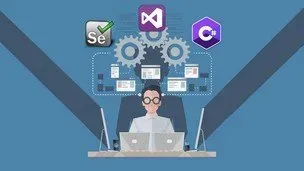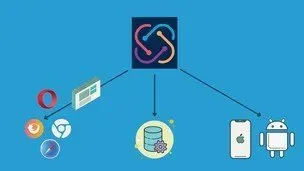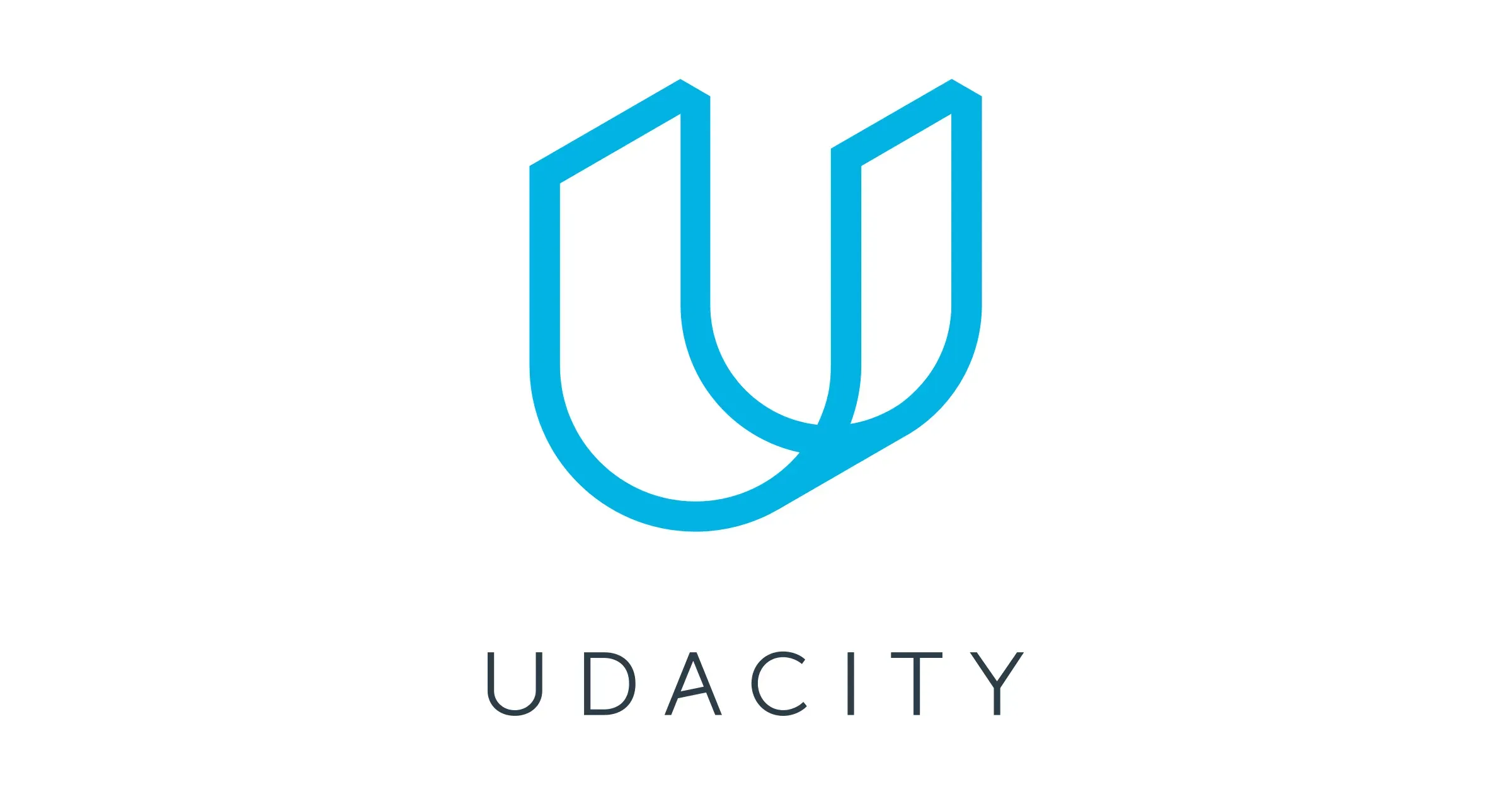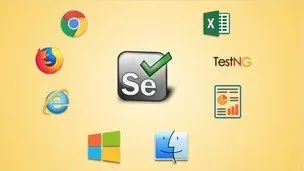
Robot Framework Step-by-Step for Beginners

This comprehensive guide provides a step-by-step approach to mastering Robot Framework, a popular open-source automation framework. Perfect for beginners, it covers all the basics and provides the necessary tools to get started.▼
Course Feature
![]() Cost:
Cost:
Free
![]() Provider:
Provider:
Udemy
![]() Certificate:
Certificate:
Paid Certification
![]() Language:
Language:
English
![]() Start Date:
Start Date:
On-Demand
Course Overview
❗The content presented here is sourced directly from Udemy platform. For comprehensive course details, including enrollment information, simply click on the 'Go to class' link on our website.
Updated in [March 06th, 2023]
This course, Robot Framework Step-by-Step for Beginners, is designed to provide complete beginners with the knowledge and skills to use Robot Framework for browser automation. Participants will learn how to setup Robot Framework, use it with Selenium, and create their own Robot Framework project. Topics covered include what Robot Framework is, how to install and setup Robot Framework, how to install Python (Mac & Windows), Eclipse IDE for Robot Framework, setup RED robot editor - plugin on eclipse, create a Robot Framework project, create a Robot Framework test, first Selenium test in Robot Framework, learn variables, keywords, tags, setup & teardown, reports and logs, how to run from command line, and how to use Jenkins for Continuous Integration. By the end of the course, participants will have the skills and knowledge to use Robot Framework for browser automation.
[Applications]
After completing this course, students will be able to apply their knowledge of Robot Framework to create automated tests for web applications. They will be able to use the Robot Framework with Eclipse, set up the RED robot editor plugin, create projects and tests, use variables, keywords, tags, setup and teardown, and generate reports and logs. Additionally, they will be able to run tests from the command line and use Jenkins for continuous integration.
[Career Paths]
Recommended career paths for learners of this course include:
1. Automation Test Engineer: Automation Test Engineers use Robot Framework to create automated tests for software applications. They develop test scripts, execute tests, and analyze results to ensure that software meets quality standards. Automation Test Engineers must have a strong understanding of software development and testing processes, as well as the ability to troubleshoot and debug software. The demand for Automation Test Engineers is increasing as organizations look to reduce costs and improve efficiency.
2. Software Developer: Software Developers use Robot Framework to create automated tests for software applications. They develop test scripts, execute tests, and analyze results to ensure that software meets quality standards. Software Developers must have a strong understanding of software development and testing processes, as well as the ability to troubleshoot and debug software. The demand for Software Developers is increasing as organizations look to reduce costs and improve efficiency.
3. Quality Assurance Engineer: Quality Assurance Engineers use Robot Framework to create automated tests for software applications. They develop test scripts, execute tests, and analyze results to ensure that software meets quality standards. Quality Assurance Engineers must have a strong understanding of software development and testing processes, as well as the ability to troubleshoot and debug software. The demand for Quality Assurance Engineers is increasing as organizations look to reduce costs and improve efficiency.
4. DevOps Engineer: DevOps Engineers use Robot Framework to create automated tests for software applications. They develop test scripts, execute tests, and analyze results to ensure that software meets quality standards. DevOps Engineers must have a strong understanding of software development and testing processes, as well as the ability to troubleshoot and debug software. The demand for DevOps Engineers is increasing as organizations look to reduce costs and improve efficiency.
[Education Paths]
Recommended degree paths:
1. Bachelor of Science in Computer Science: This degree path provides students with a comprehensive understanding of computer science fundamentals, including programming, software engineering, and computer systems. It also covers topics such as artificial intelligence, robotics, and machine learning. This degree is becoming increasingly popular as the demand for computer science professionals continues to grow.
2. Master of Science in Robotics: This degree path focuses on the design, development, and implementation of robotic systems. It covers topics such as robotics engineering, artificial intelligence, machine learning, and computer vision. This degree is becoming increasingly popular as the demand for robotics professionals continues to grow.
3. Doctor of Philosophy in Artificial Intelligence: This degree path focuses on the development of artificial intelligence systems. It covers topics such as machine learning, natural language processing, computer vision, and robotics. This degree is becoming increasingly popular as the demand for AI professionals continues to grow.
4. Master of Science in Machine Learning: This degree path focuses on the development of machine learning algorithms and systems. It covers topics such as supervised and unsupervised learning, deep learning, and reinforcement learning. This degree is becoming increasingly popular as the demand for machine learning professionals continues to grow.
Pros & Cons
-

Very easy to understand.
-

Super complete course and free.
-

Very clear explanations and easy to watch video content.
-

Great explanation in simple way.
-

Falta muchos temas por abarcar.
-

RED Robot Editor did not work with current Robot Framework version 5.
-

Setting up bit doesn't work anymore.
Course Provider






